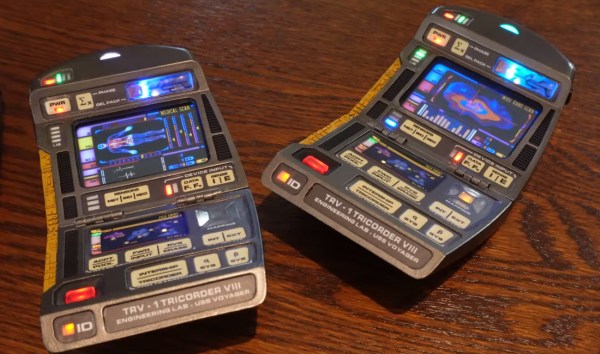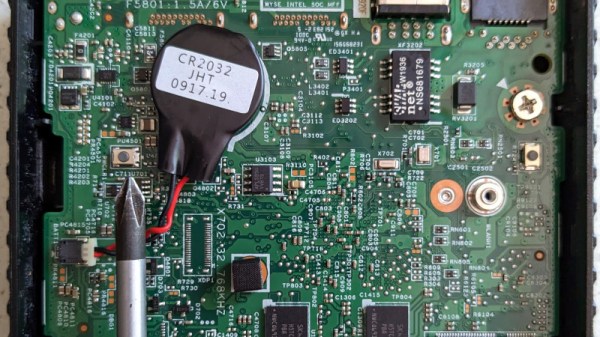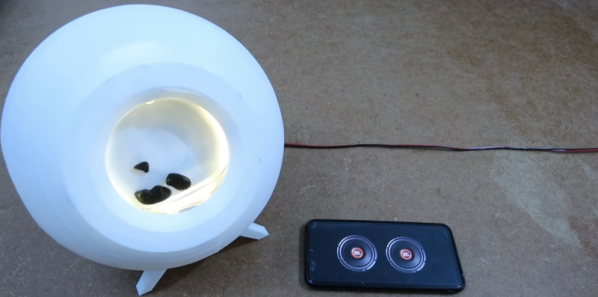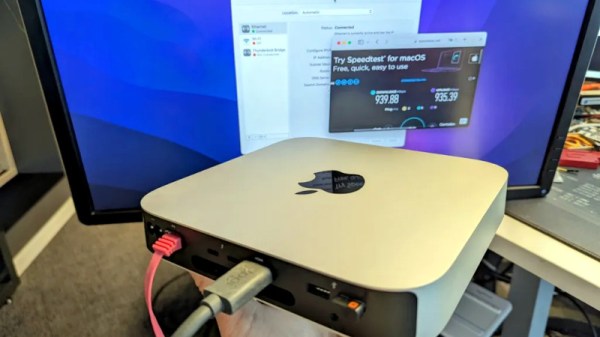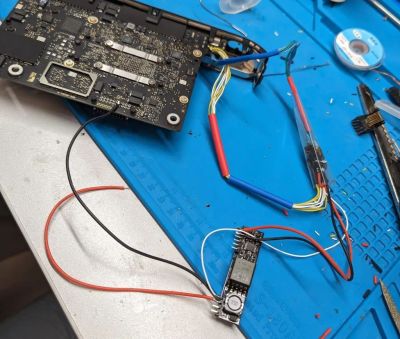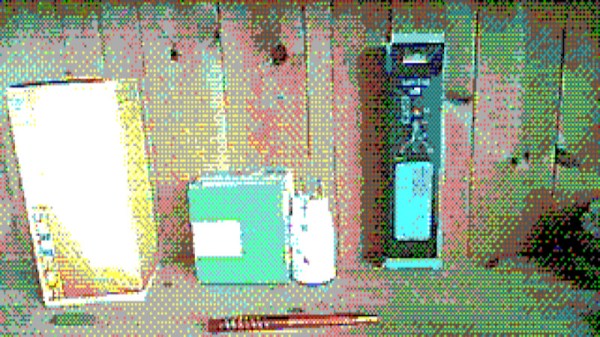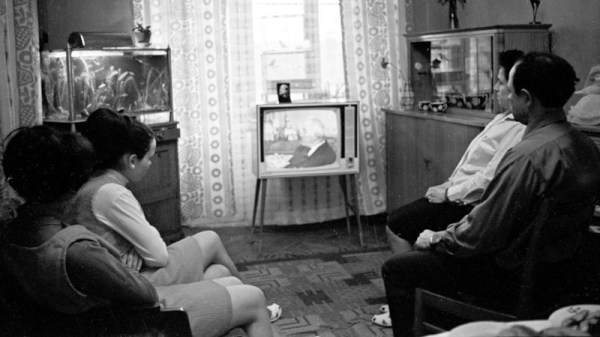For some of us, unused hardware lying around just calls to be used. It seems like [Miles Goodhew] heard the call, and wanted to put a Dell Wyse 3040 thin client to use — in this case as a wireless router. It seems simple enough. OpenWrt supports x64_64 targets, and the thin client has 2G of ram and 8G of flash. It should make for a very capable router.
And before you tell us that it’s just another computer, and that installing OpenWrt on a miniature x86 machine isn’t a hack, note that there were some speedbumps along the way. First off, the motherboard has integrated storage, with the not-very-useful ThinLinux installed, and the system BIOS locked down to prevent reinstall. There is a BIOS clear button on the system’s diminutive motherboard. With the BIOS lock out of the way, a real Linux system can be installed on the small 8 GB mmcblk device.
The next issue the the CPU. It’s an Intel Atom x5 z-series. OpenWrt won’t actually boot on that oddball, not-quite- processor, so [Miles] opted to install Fedora and test via virtualization instead. If that statement makes you do a double-take, you’re not alone. The initial explanation sounded like the mobile-centric processor was missing instructions to make OpenWrt run, but virtualization doesn’t add any instructions for a guest to use. It turns out, the problem is a missing serial port that OpenWrt uses as a debugging output by default.
After a custom OpenWrt compile, the device comes up just as you’d expect, and while it would be underpowered as a desktop, OpenWrt runs happily shuffling bits from Ethernet to wireless adapter at respectable speeds. As [Miles] points out, there’s nothing ground-breaking here, but it’s nice to have the details on re-using these machines compiled in one place. And if you too love the idea of putting OpenWrt in places where nobody intended, we’ve got you covered.

